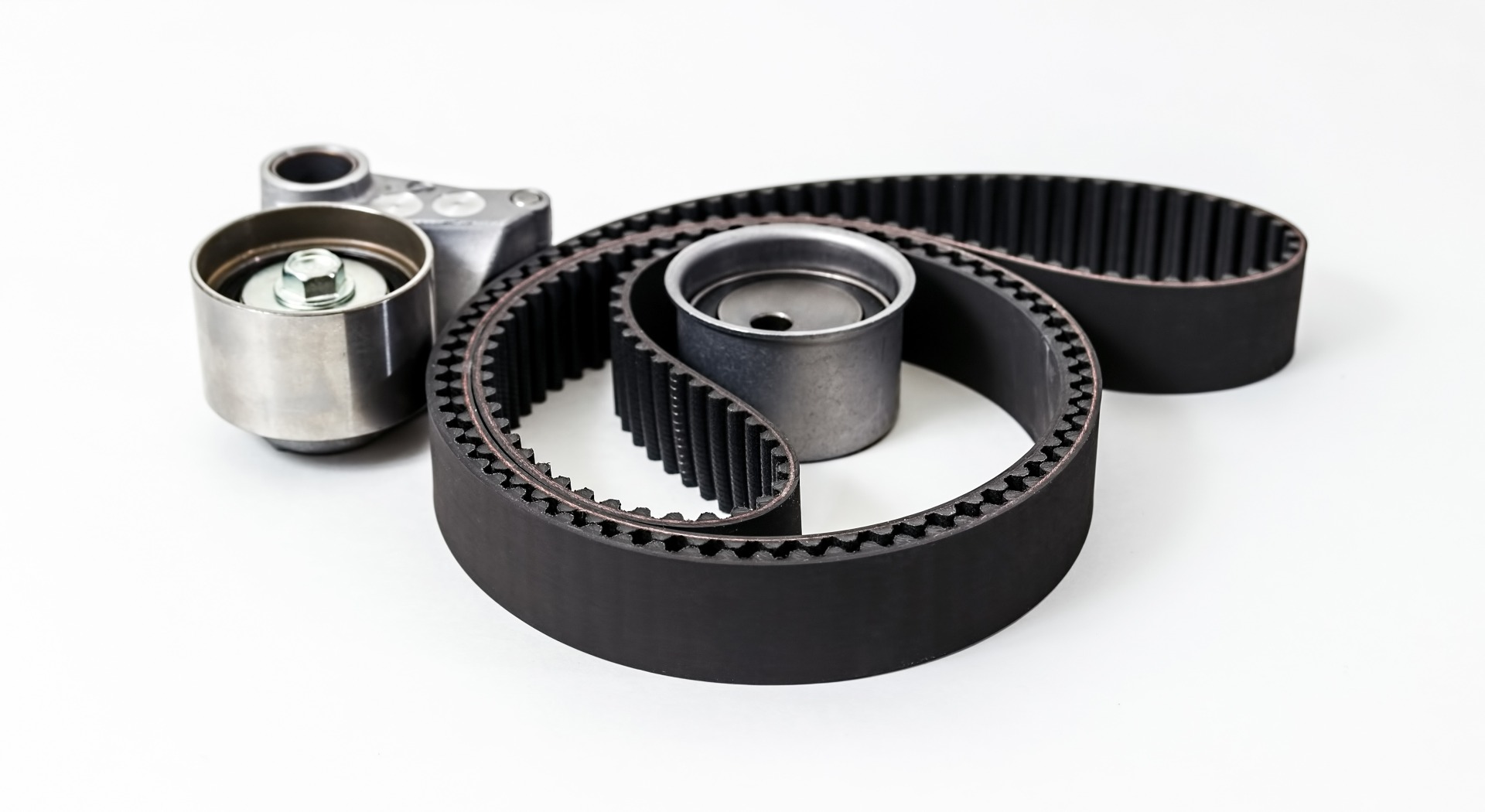By John Pedler
Published: Wednesday, August 9, 2023
What is a timing belt, and why can it cause such a big problem if it breaks? Does your car even have one? Read on to find the answers to these questions and more.
Running from the crankshaft to the camshaft, a car’s timing belt has a vital job. It ensures the engine’s induction and exhaust valves open at precisely the right time.
If this rubber belt breaks, the valves can collide with the pistons, which typically results in catastrophic engine damage and a big bill to repair it.
Some cars have non-interference engines, meaning the valves and pistons won’t strike each other if the belt snaps, but you’ll still need a tow.
How can I avoid this problem?
In a new car
Timing belt replacement is part of a vehicle’s servicing schedule. Some manufacturers set replacement at 100,000km or five years – whichever comes first – but check your owner’s manual as schedules vary considerably.
The timing belt is behind other engine parts and a cover, which must be removed before the belt can be replaced.
Accessing the belt is a reasonably big job, so a mechanic will often suggest replacing other components behind the cover, like the timing belt tensioner(s), water pump and crankshaft/camshaft seals, usually available as kit.

In a used car
When buying a used car, check the service records to see if the timing belt has been replaced as per the servicing schedule.
If you’re unsure, consider replacing it straight after you’ve made the purchase to potentially save you thousands of dollars down the track.
Keep in mind, some cars have a timing chain, which is normally expected to last the life of the engine.

Timing belt replacement isn’t cheap, but given the very expensive consequences if it breaks, it’s money well spent.